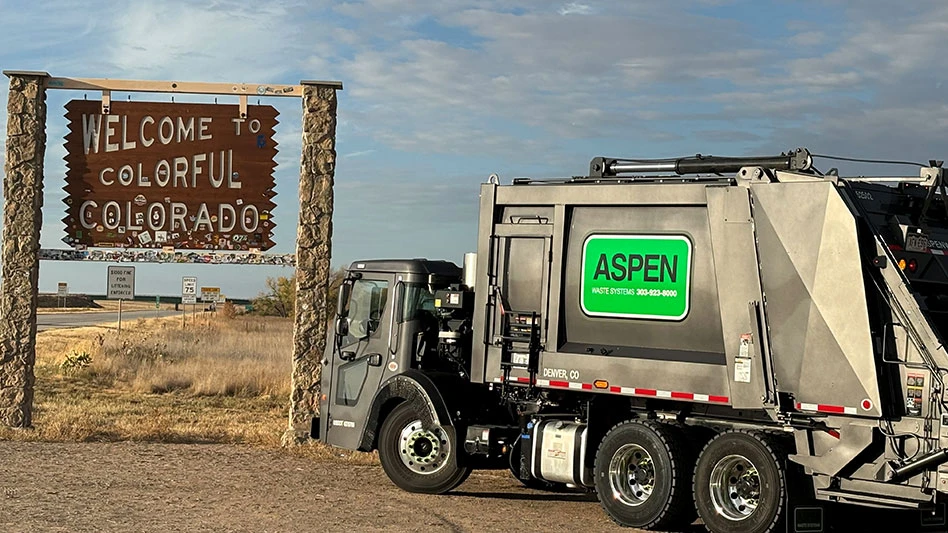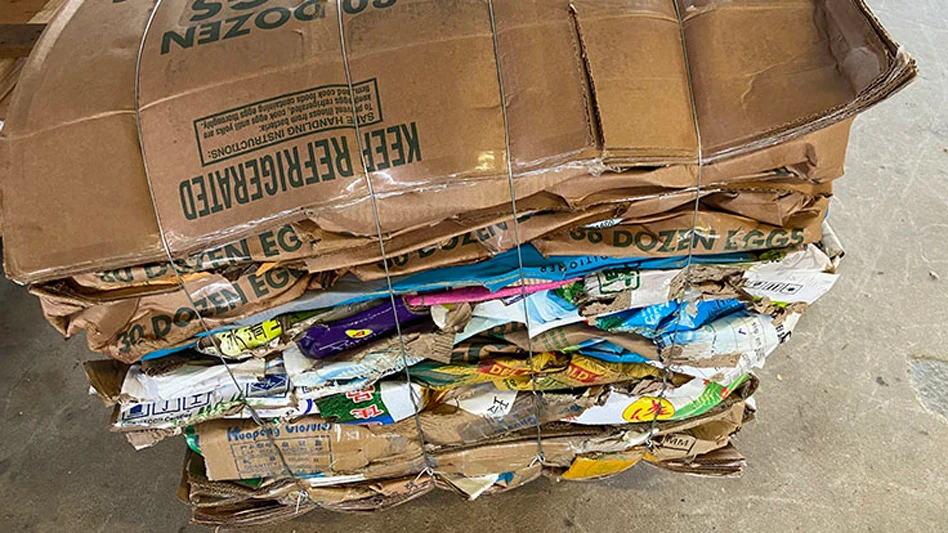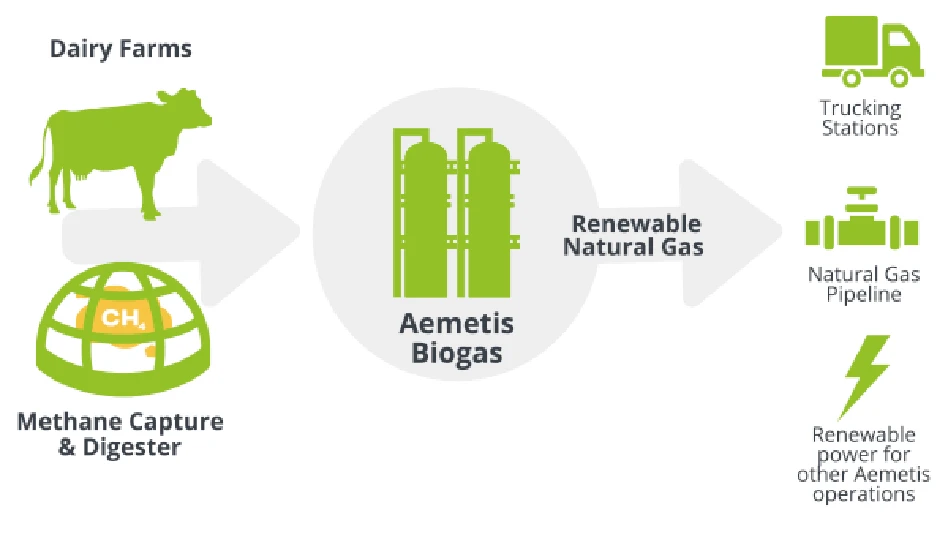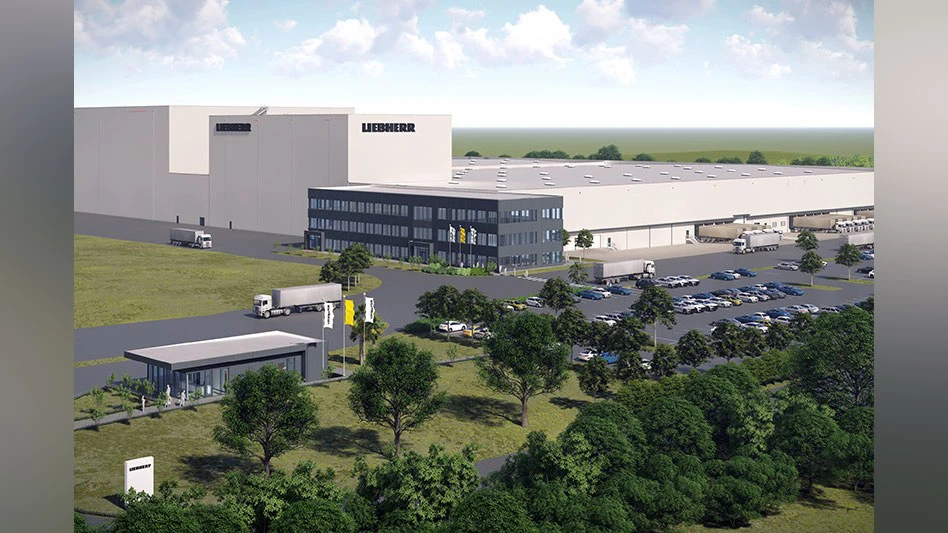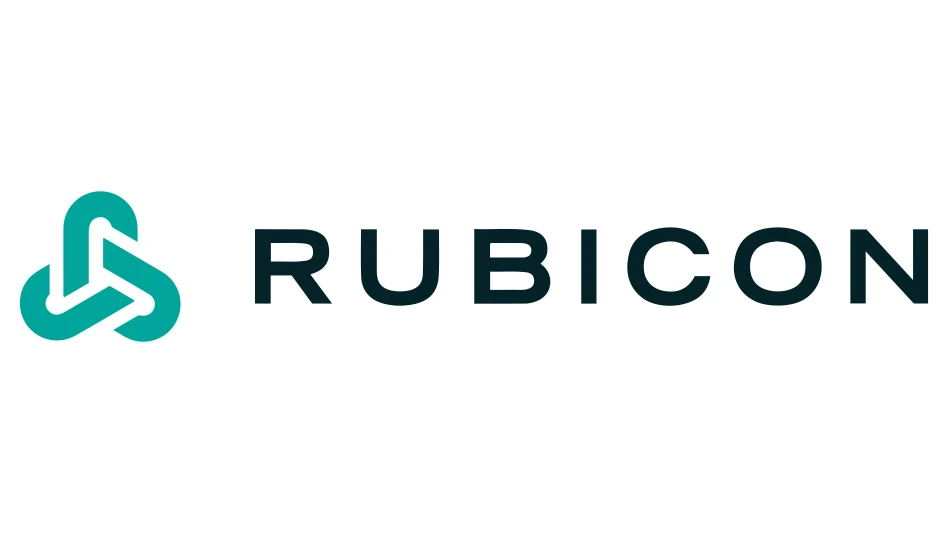
Recycing Today file photo
The Recycling Partnership’s (TRP’s) PET Recycling Coalition has released its first annual report since it was established in June 2022, having deployed more than $5 million in grant funding, capturing 29 million new pounds of recycled polyethylene terephthalate (PET) per year. The coalition awards grants to material recovery facilities (MRFs), secondary sorters and reclaimers to increase acceptance, improve capture and deliver higher-quality recycled PET to the market.
“The coalition’s first annual report demonstrates how collective action is making it possible for more PET to be recycled and transformed into future packaging,” says Brittany LaValley, TRP vice president of materials advancement. “We have much to celebrate and much to strive for to increase the circularity of PET as we continue to connect the right people, ideas, funding and solutions.”
RELATED: First PET Recycling Coalition grants announced | PET Recycling Coalition announces second round of grants
TRP, headquartered in Washington, says that since PET was first recycled in 1970, it has faced challenges to achieving circularity that have included the small number of households with curbside or drop-off sites where PET is collected, nonbottle PET not being widely accepted in MRFs and the lack of proper MRF sorting to ensure end markets can purchase high-quality material. The coalition’s grants address these barriers by enabling MRF upgrades, improved sorting capabilities and community engagement needed to boost residential recycling rates for PET, nonbottle PET and pigmented and opaque PET.
The PET Recycling Coalition aims to capture an additional 250 million pounds of new PET for recycling each year by the end of 2027 and achieve an acceptance rate of in excess of 60 percent for nonbottle PET by the end of 2025.
In partnership with producers, communities, recyclers and manufacturers, the PET Recycling Coalition is taking targeted action in a number of areas:
- capturing more material – Each year, 24 million pounds of new bottle PET is captured, and 5 million pounds of new nonbottle PET is captured, processed and added to the recycling stream rather than lost to landfills. For example, the Pico Rivera facility in Los Angeles received a grant for a new optical sorter and related equipment that will increase the amount of recycled material by 70 percent annually, TRP says.
- providing more access – 1.4 million households now have access to recycle nonbottle PET, including 100,000 households in southwest Alabama (Baldwin County). With a grant from the coalition, the new Baldwin County MRF will be able to process up to 80 million pounds of material each year, which is far more than what the county’s households will produce, allowing room for commercial processing.
- advancing the system – Recycling facilities are discovering unique and innovative ways to derive value from different types of PET, such as using optical sorters to separate PET bottles from nonbottle PET containers, including cups, tubs and trays. Nearly 850,000 people in the Charlotte, North Carolina, area can recycle nonbottle PET for the first time because of a coalition grant.
TRP says that over its history, it has granted investments surpassing $70 million across 450 grants that are being used to improve local recycling access, education and infrastructure in more than 100 recycling facilities. These grants not only improve PET recycling but the capture and processing of all materials.
Latest from Waste Today
- Capital Waste acquires Tennessee Waste Haulers
- Van Dyk partners with Reckelberg Environmental Technologies
- CRI submits comments to CalRecycle on CRV handling payments
- Reworld acquires EnviroVac Waste Transport
- Waga Energy partners on RNG project at France landfill
- Hawaiian county selects landfill site
- CAA submits final draft program plan in Oregon
- Washington city adds organics collection to waste service
